Sustainability is something that’s gaining a lot of popularity in the public eye and a lot of customers are requesting. You know sustainable practices that need to be implemented into their buildings and it is something that can really have a tremendous impact on our environment for the good and it’s something that we as designers are pushing towards. You know, preserve our earth and to raise the quality of life for the consumers and the public who will enjoy the spaces that we create.
1. Energy Efficient Home
- So one of the first things that designers do to create a more sustainable environment is design for energy efficiency. Energy consumption is one of the leading contributors to climate change, and so that’s a really big deal, because buildings are responsible for a large portion of greenhouse gas emissions and that’s in turn caused by energy consumption.
And so architects and interior designers have a huge responsibility to take inventory when going into a project and try to improve a building’s energy efficiency, and that can be done by reducing the amount of energy needed for heating or cooling or lighting running appliances.
Anything that really involves any type of energy consumption and there are a lot of ways that someone can go about doing that, but heating and lighting are probably the two most crucial factors that designers have influence over, for example through the use of windows.
That’S a big area where, like a building’s heat escapes through windows, mostly, and so those we need to make sure those windows are high quality and insulated. Very well so that it keeps in warm air when it’s cold outside and colder when it’s warm outside, and that’s just one of the ways that designers kind of have to keep that in mind when designing a space.
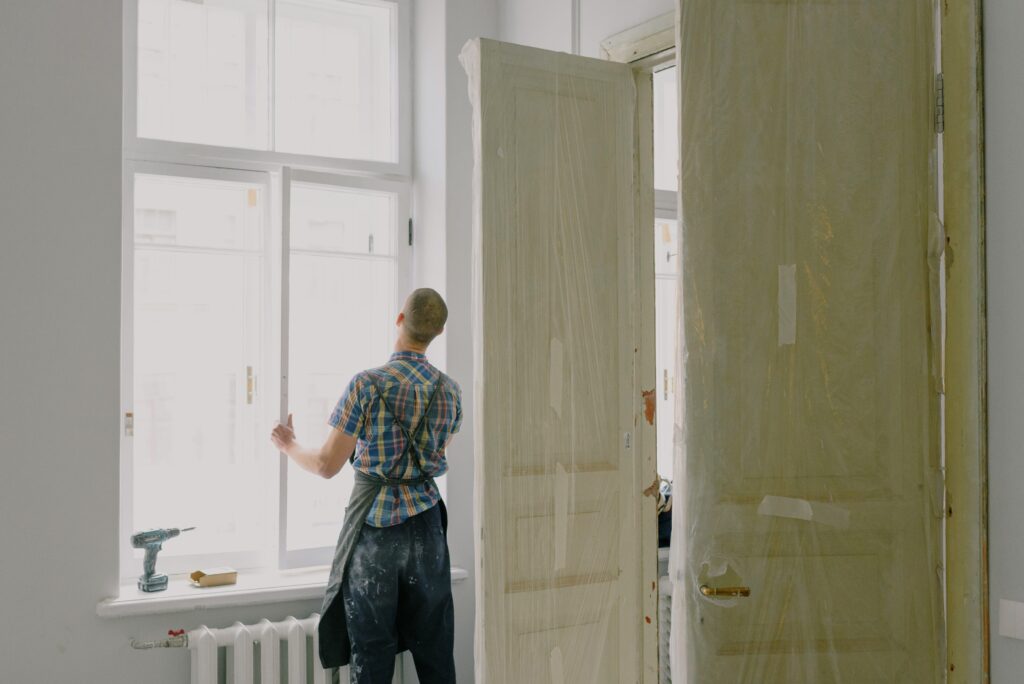
2. Low Environmental Impact
- The second principle would be designing for low environmental impact, and this can be done mainly through the selection of materials in that phase of the project, organic materials, wood, wool, natural stone things like that, that are obvious choices.
There are also there’s a push in the design community for more sustainable materials and we’re seeing a lot of brands come out now that are that are using organic materials and even like recycled materials to create brick, wood, and it’s just something Really cool that we’re seeing now that gives consumers that opportunity to make a sustainable choice and select something for their house or their building somewhere.
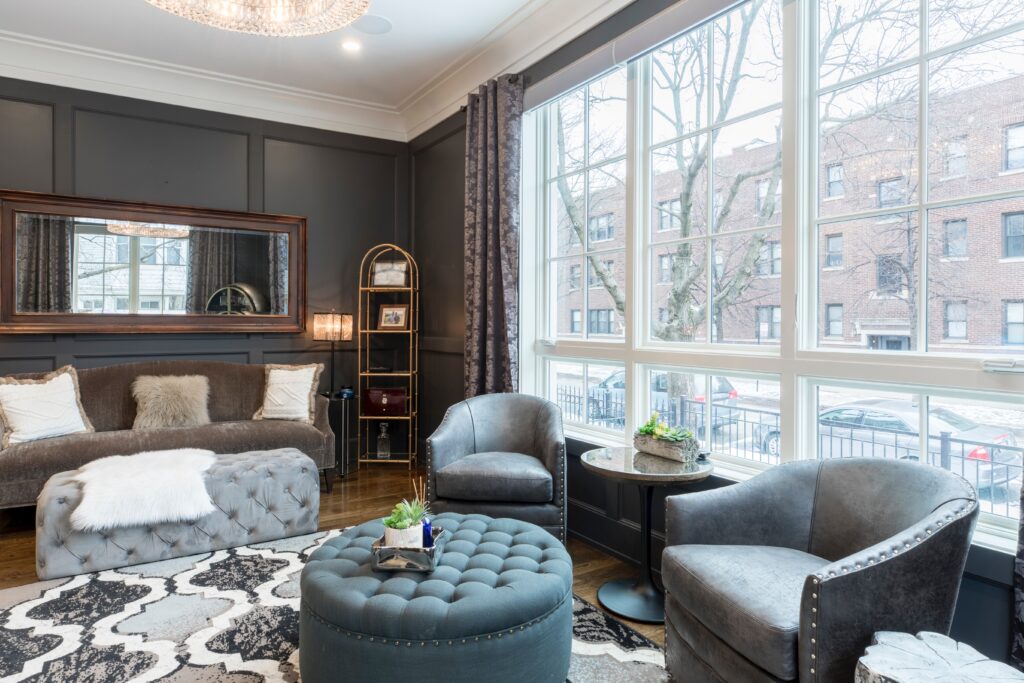
3. Waste Reduction
- That will really help out the environment in the long run. The third principle of sustainability in interior design is designing for waste reduction, construction and demolition in any type of interior design and architecture in any type of building.
Construction is one of the lead causes of waste it’s very depleting on our natural resources. It requires a lot of water. It just generates a lot of waste and so it is a really important thing for us to act sustainably on this.
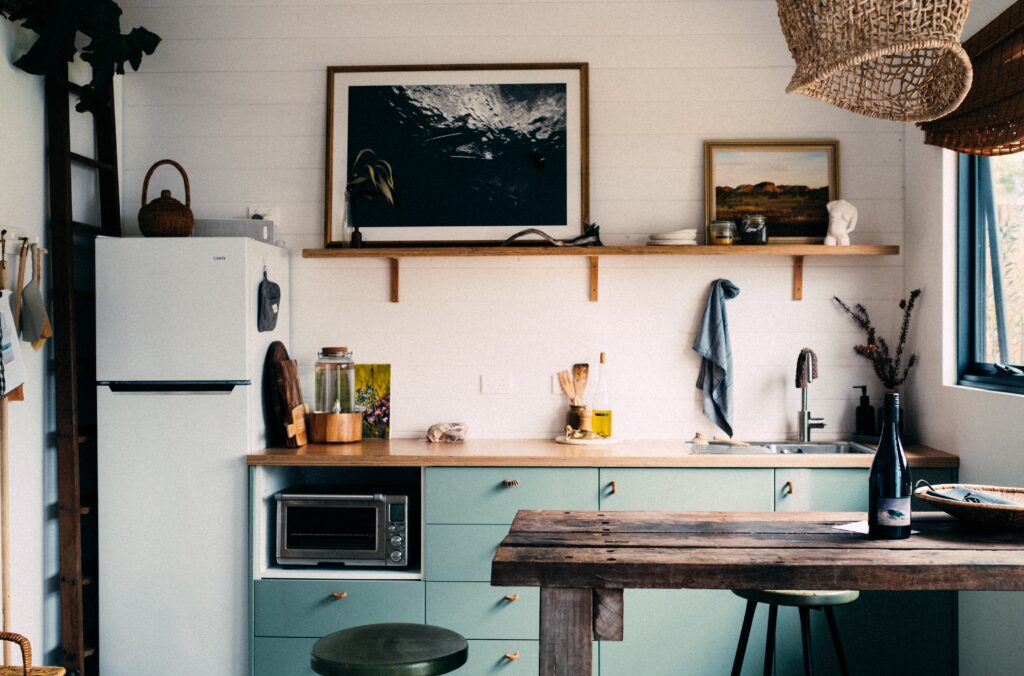
Fortunately, the world of design is becoming increasingly aware of the need for sustainability, so there are certain sustainable trends that are gaining momentum now, such as recycling and up-cycling materials and repurposing them, instead of completely demoing a building, you can kind of take parts from it and either up cycle them or repurpose them, so that you’re not depleting so Many natural resources and also you’re just diverting waste from landfills and that really helps out in the long run as well.
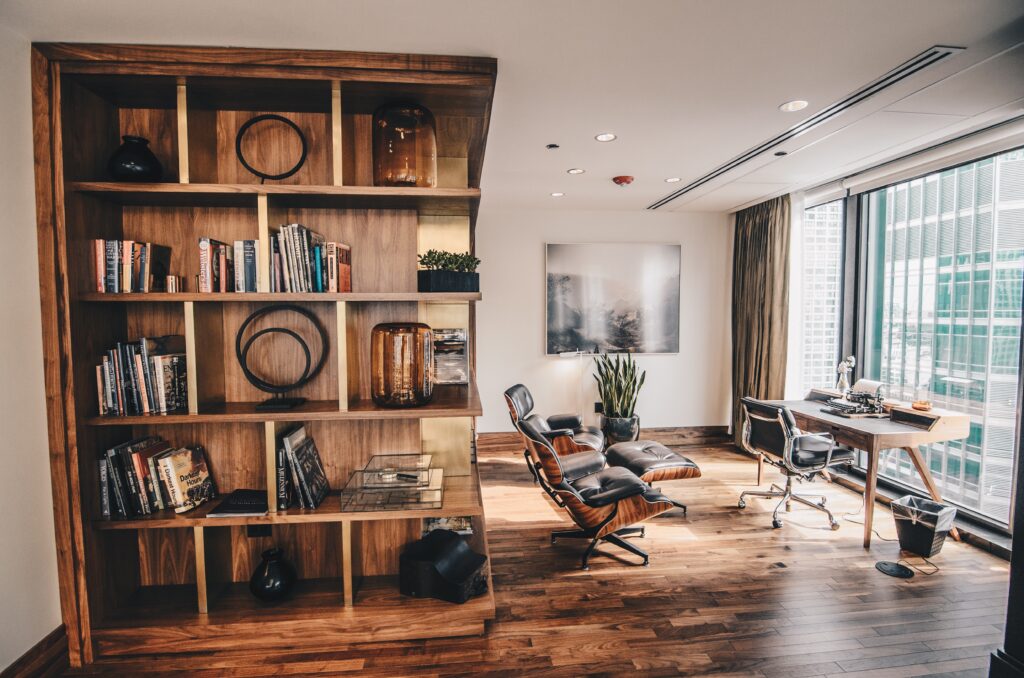
4. Longevity and Flexibility
- The fourth principle of sustainability in design is designing for longevity and flexibility to prevent materials and products getting discarded too often interior designers kind of have to consider the lifespan of the material they plan to use, especially things that are put into use every single day, such As flooring, that’s a big one, any type of carpet or wood.
You kind of just have to know your materials and know the lifespan of them and discuss that with your client and see what the best option is for them. So interior designers should definitely consider you know the flexibility and the longevity of materials and spaces.
However, like you do have to adapt to them for your client, especially if they’re wanting any type of remodeling or renovations done, but when you can easily replace or adapt just individual elements, there’s no need to like demolish or renovate the entirety of a space.
for example. Walls can be modified to create more open space, adjustable furniture can be reassembled and, for example, this there’s this one brand of couches that it’s like a sectional and you can add different seating in between.
Let’s say if you were expanding your family and you could add in another section instead of buying a completely different couch, and so that’s a big part of design is just easy maintenance and flexibility and being able to change with the lives of the people that you’re Designing for
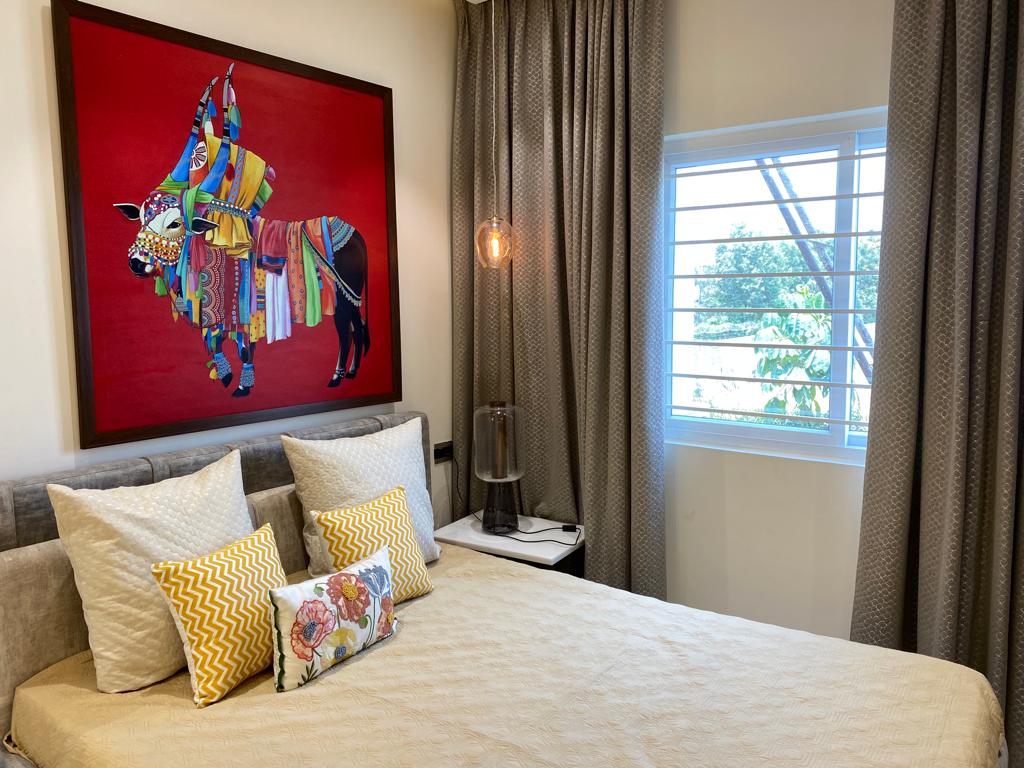
5. Sustainability
- The fifth and final principle of sustainability and design is just designing for healthy and safe environments.
That’s one of the biggest goals as an interior designer is to keep the health and safety of those that you’re designing a space for in mind. People spend their entire lives indoors nowadays in their offices in their homes, children at their schools, in hospitals in any public building.
So it’s really up to the designer to ensure that the time spent in there is safe and healthy, and this includes factors such as the quality of air, indoors, heating ventilation, lighting acoustics.
All of that stuff and indoor air pollution is probably one of the biggest environmental threats to the public health and furniture or equipment or materials. Even that you can select can have certain levels of toxic, just toxic chemicals and things that in like finishes or in paints, or things like that.
You just have to be conscious of that. When designing the space, you also have to make sure that the air in a room or in a building is circulating well and will remain fresh over time.
Another thing is: carpets: carpets can actually trap dust particles and hold them in there until they’re, vacuumed and with sustainable like carpet. Cleaning the room environment remains healthy and free of germs, and that’s just one way those designers can ensure that a space is healthy and safe.
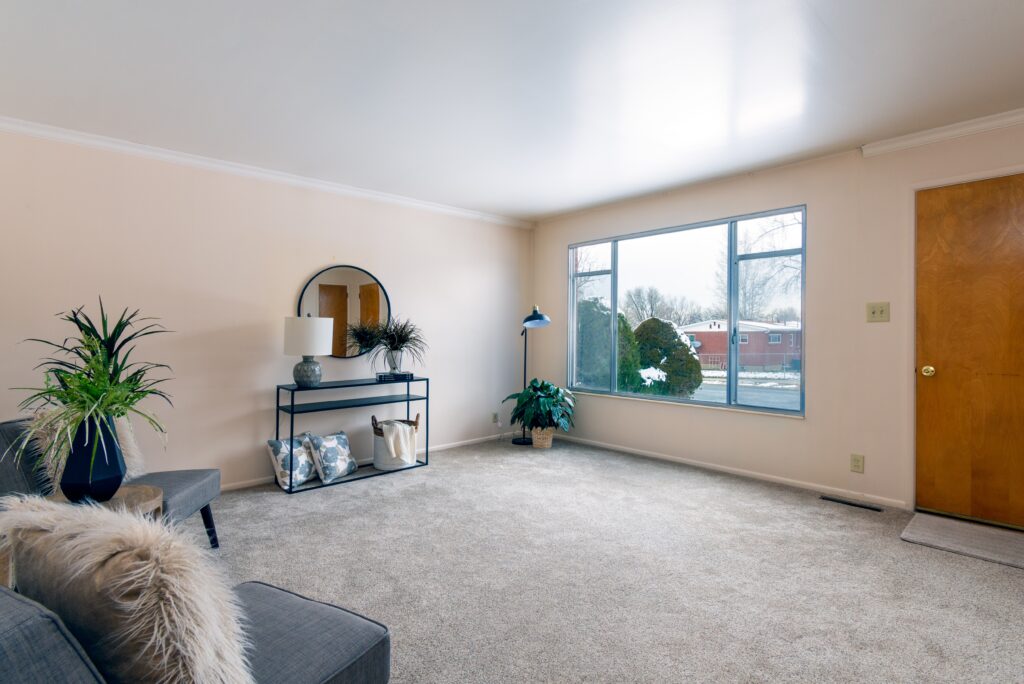
For the clients that they’re working for, so architects and designers are the creators of the spaces we live in should honestly be driven towards sustainability and pushing towards it every day.
Because it’s something that’s so important and it really is something that not only helps our environment but really helps us in our day-to-day lives and definitely down the road. So thank you for reading this blog and awaiting for your valuable comments.
Send comments to mail@addpacassociates.com

